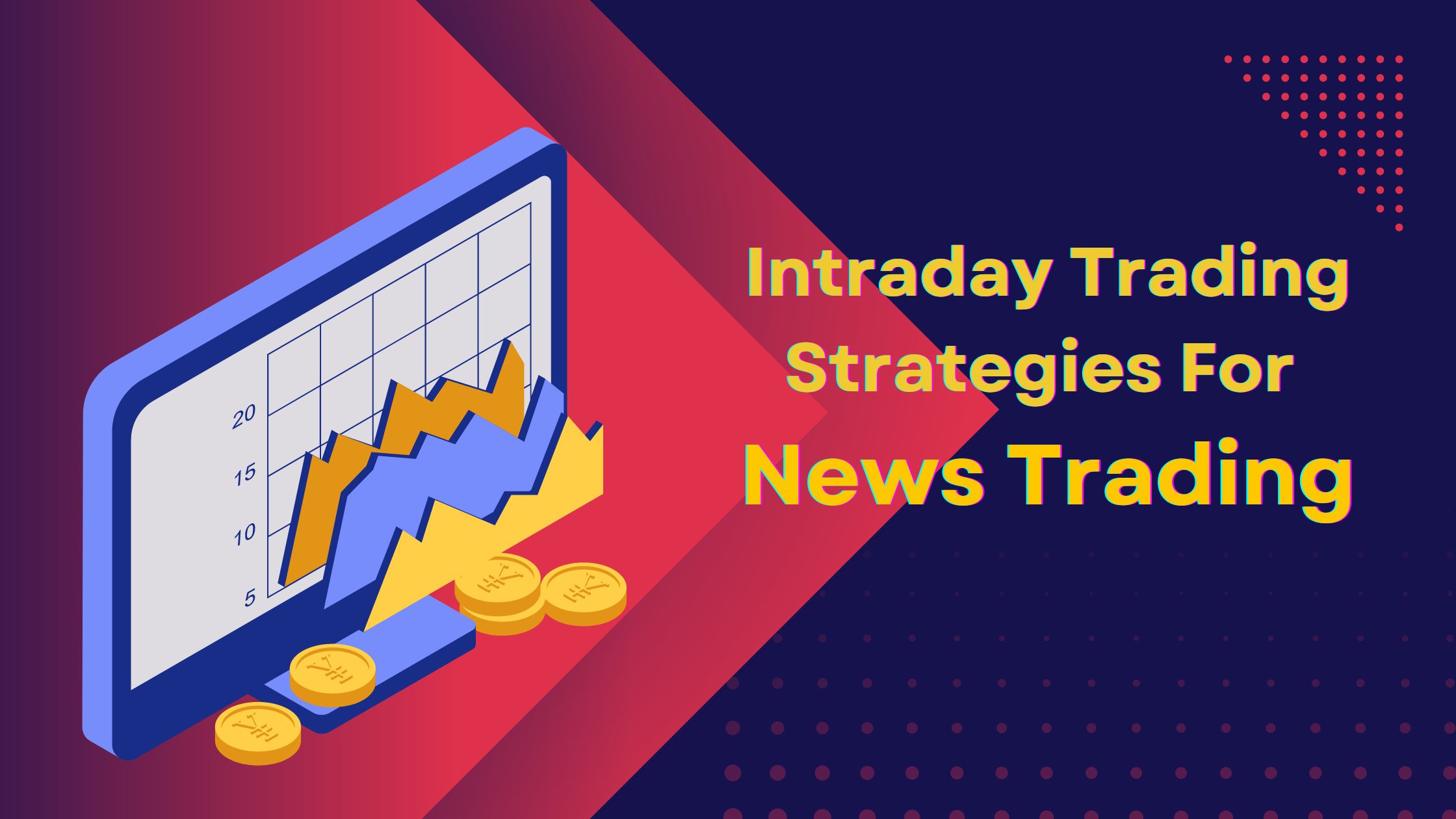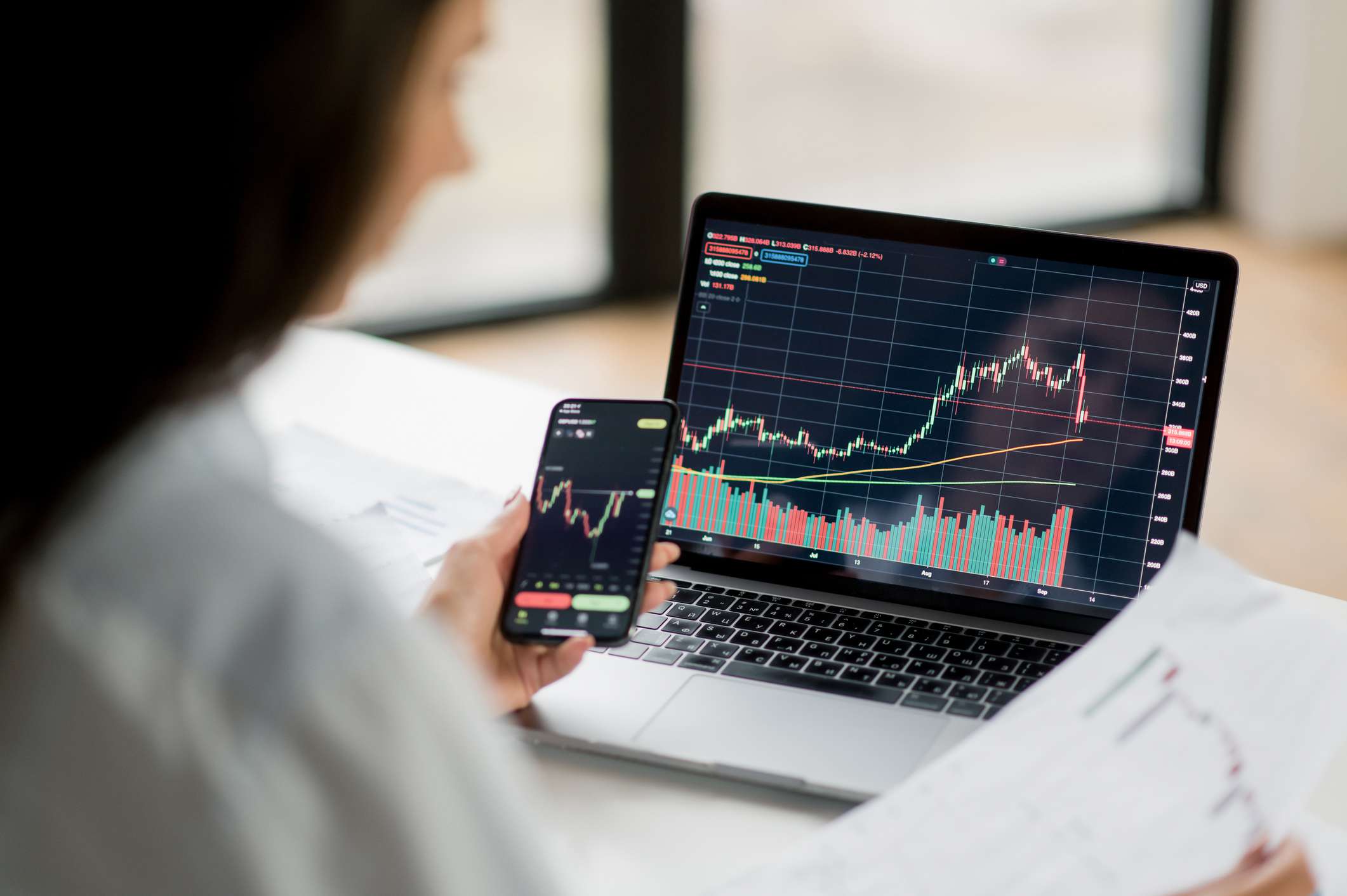
Introduction
Intraday trading, also known as day trading, is a popular approach where traders buy and sell financial instruments within the same trading day, aiming to capitalize on short-term price fluctuations. One of the key factors that significantly impacts intraday trading is news. This article explores the concept of news trading in intraday strategies and provides insights into its importance, benefits, popular strategies, factors to consider, best practices, tools, and resources.
What is Intraday Trading?
Intraday trading involves buying and selling financial instruments such as stocks, currencies, commodities, or derivatives within a single trading day. Unlike long-term investing, which focuses on holding assets for an extended period, intraday traders aim to profit from the price movements that occur within a day. This trading style requires quick decision-making, technical analysis skills, and a deep understanding of market dynamics.
Importance of News in Intraday Trading
News plays a crucial role in intraday trading as it can significantly impact the market sentiment and trigger rapid price movements. Various types of news, such as economic indicators, corporate earnings reports, geopolitical events, and policy decisions, can influence the supply and demand dynamics of financial instruments. Traders who effectively utilize news can gain a competitive edge by anticipating market reactions and positioning themselves accordingly.
Benefits of News Trading
News trading offers several benefits for intraday traders. Firstly, it provides opportunities for quick profits by capitalizing on significant price fluctuations resulting from news announcements. Secondly, news trading allows traders to diversify their strategies beyond technical analysis, incorporating fundamental factors that drive market movements. Lastly, staying updated with news helps traders understand the broader market trends and make informed decisions.
Popular News Trading Strategies
There are various news trading strategies employed by intraday traders. Understanding and applying these strategies can enhance trading outcomes. The following are some popular strategies:
a. Breakout Strategy
The breakout strategy involves identifying key support or resistance levels and entering trades when prices break through these levels following a news release. Traders look for high-volume breakouts, indicating increased market interest and potential continuation of the price trend.
b. Pullback Strategy
The pullback strategy focuses on entering trades after a brief price retracement following a news-induced price move. Traders identify the primary trend and wait for price pullbacks to enter positions at more favorable prices, aiming to ride the trend’s continuation.
c. Momentum Strategy
The momentum strategy aims to capture rapid price movements following news releases. Traders monitor the volume and rate of price change to identify instruments experiencing significant momentum. They enter trades in the direction of the momentum, expecting the price to continue moving in their favor.
d. Reversal Strategy
The reversal strategy involves taking positions against the initial market reaction to a news release. Traders identify overreactions or misinterpretations of news, expecting the market sentiment to reverse. This strategy requires careful analysis and contrarian thinking.
Factors to Consider for News Trading
To effectively engage in news trading, traders must consider various factors:
- Timing: Timing is crucial in news trading. Traders need to be aware of the news release schedule and the impact it may have on the market. Quick execution of trades after news releases is essential to capitalize on immediate price movements.
- Market Volatility: News releases often result in increased market volatility. Traders should consider the expected level of volatility and adjust their risk management strategies accordingly to protect their capital.
- Relevance of News: Different news events have varying degrees of impact on the market. Traders need to identify the news releases that are most likely to influence their preferred financial instruments and focus on analyzing those specific events.
- Market Sentiment: News can shape market sentiment, which, in turn, affects price movements. Understanding the prevailing sentiment and its potential impact on a specific instrument is crucial for successful news trading.
Best Practices for News Trading
To maximize the effectiveness of news trading strategies, consider the following best practices:
a. Stay Updated with Market News
Regularly monitor reliable news sources to stay informed about upcoming events, economic indicators, corporate earnings reports, and geopolitical developments. Utilize news aggregators or trading platforms that provide real-time news feeds to ensure timely access to relevant information.
b. Analyze Market Sentiment
Pay attention to market sentiment by assessing indicators such as market breadth, volatility indexes, and sentiment analysis tools. Combining technical analysis with sentiment analysis helps gauge the overall market mood and potential trading opportunities.
c. Manage Risk Effectively
Implement robust risk management strategies, including setting stop-loss orders, determining position sizes based on risk tolerance, and diversifying your portfolio. Effective risk management protects against potential losses during volatile market conditions.
d. Set Realistic Profit Targets
Define realistic profit targets for each trade and have clear exit strategies in place. Avoid being overly greedy and constantly reassess your positions based on market developments.
Tools and Resources for News Trading
Several tools and resources can assist intraday traders in their news trading endeavors:
- Economic Calendars: These calendars provide schedules of upcoming economic indicators, central bank meetings, and other significant events that can impact financial markets.
- News Aggregators: Platforms that consolidate news from various sources, enabling traders to access real-time news updates and analysis.
- Technical Analysis Tools: Charts, indicators, and technical analysis software can help identify trends, support, resistance levels, and potential entry or exit points.
- Trading Platforms: Advanced trading platforms offer integrated news feeds, customizable watchlists, and order execution capabilities, streamlining the news trading process.
Common Challenges in News Trading
It presents specific challenges that traders should be aware of:
- Timing: The speed at which news travels can make it challenging to enter trades at the desired prices. Slippage, caused by rapid price movements, can impact trade execution.
- Market Interpretation: News releases may have complex implications that require careful analysis. Market reactions are not always straightforward, and traders need to interpret news in the context of the overall market dynamics.
- Risk Management: The heightened volatility during news events can lead to larger-than-expected price swings, increasing the risk of potential losses. Effective risk management strategies are crucial to mitigate these risks.
Conclusion
News trading is a valuable strategy for intraday traders, offering opportunities to profit from rapid price movements driven by news releases. By understanding the importance of news, employing appropriate strategies, considering relevant factors, and following best practices, traders can enhance their chances of success.






